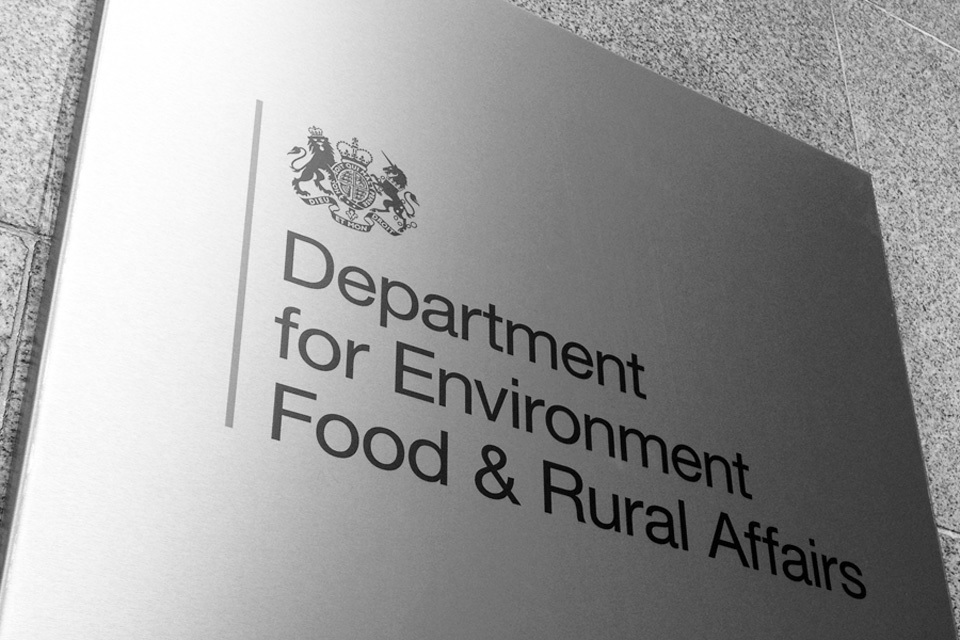Last month was an incredibly important and exciting month for the UK healthcare system and the Life Sciences sector. July saw the publication of not one, but two pivotal policy documents. First, the 10 Year Health Plan for England set out the government’s plan to create a new model of care for the UK, one in which science and technology is central to supporting three radical shifts from hospital to community, analogue to digital and sickness to prevention. This was followed by the publication of the Life Sciences Sector Plan focused on unlocking the potential of the UK’s Life Sciences sector, aligning the industrial strategy with the health mission.
Both plans set out the important role that the MHRA will play, committing to the development of agile, risk proportionate pathways for the safe and rapid evaluation and approval of medical products. Both plans call out the importance of international harmonisation and reliance / recognition pathways for rapid access to the latest medical technologies available in other comparable regulator countries. Streamlining our regulatory pathways will not only allow for faster patient access to new technology but will also boost growth in the UK sector by reducing duplicative regulatory costs faced by manufacturers and focusing the domestic approvals route (UKCA) on first-in-market innovative technologies, including AI as a medical device.
Work to deliver these commitments is already underway through our regulatory reform programme. In late July we published the government response to our consultation on Medical Devices Regulations Route to market and in vitro diagnostic devices. The response confirms our intention to introduce new reliance pathways for certain products with approvals and clearances from the US, Canada and Australia. This is underpinned by the new post-market surveillance regulations we introduced in June, which ensure we can identify and act quickly to address performance and safety concerns for devices on the Great Britain (GB) market. Our new reliance pathways will include software and implantable devices that meet GB’s equivalence requirements.
In direct response to consultation feedback, we have also announced that we will consult later this year on the indefinite recognition of CE marked products. The response signals our commitment to ensuring that the supply of important medical technologies to the GB market is maintained and even improved, with minimum additional cost or regulatory barriers for manufacturers.
These new routes, alongside a range of further measures to improve patient safety and access, will be introduced by new legislation for Pre-Market measures. The team is working at pace to finalise the draft text of this legislation and we intend to publish this for notification with the World Trade Organization (WTO) later this year. In parallel we will continue to work with stakeholders to develop the guidance that will support the implementation of these important updates.
Alongside the new routes to market, the Agency continues to develop tools to support discovery, development and access to innovation. The pilot Innovative Devices Access Pathway (IDAP) is currently under evaluation by its partners, including the Agency and the Department of Health and Social Care (DHSC). A key tool within the pilot was the Unmet Clinical Need Authorisation (UCNA). This tool enabled the MHRA to grant controlled patient access to innovative technology that meets an unmet clinical need, but has not been through a full conformity assessment. We are building on the learning from its use in the IDAP pilot and stakeholder feedback on early access, and at the end of July we published our statement of policy intent on the further development of an early access service for medical technologies. Within the same timeframe we will also be publishing an update on our work to refine policy and guidance on the Health Institution Exemptions that are so important in ensuring patients can quickly benefit from the innovations that are regularly developed within healthcare settings.
The important role that innovations in software and AI will play in the future of healthcare delivery, and the key role it will play in growth within the UK Life Sciences sector, are a major focus within government’s plans. We mentioned in the June MedRegs blog, our pioneering membership with Health AI that we will help make AI in healthcare safer and more effective for patients around the world. The MHRA’s AI Airlock is a great example of how the Agency can work with innovators, academics, and other regulators including with members of Health AI to support the development of safe innovation. It completed its phase one pilot earlier this year and after the success of that pilot, was awarded funding for a second phase. Applications for phase II have now closed and the team are working hard to select the 9 technologies that will enter the second phase of the Airlock.
As is clear from the publication of the 10 Year Health Plan and Life Sciences Sector Plan, medical technologies will be increasingly important enablers of the UK’s future healthcare system and drivers of growth in the UK Life Sciences sector. The regulatory framework that governs the routes to market and safe and effective use of these technologies is critical to the success of government plans. We have already made good progress in delivering this framework, and as we progress through the summer, we will be laser focused on the rapid development and delivery of further components that will prioritises safe and rapid access to the technologies that patients and the NHS need.








